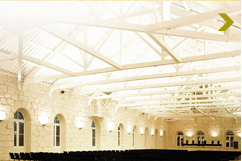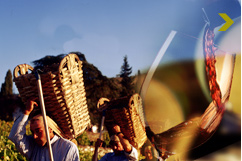Port and Douro

Home of Port and Douro wines, the Alto Douro Winemaking Region became the first demarcated and controlled winemaking region in the world in 1756. Boasting a history worthy of an epic poem, today’s winemakers have inherited remarkable vineyards, some of them over a hundred years old, planted on socalcos – terraces built by Man out of the hard mountain rock. A stretch of land more than 100 km long along the River Douro valley is covered with these terraces. This space, listed as a World Heritage Property, is famous worldwide and delights all who travel there for wine tourism. The dry, hot summers and bitterly cold winters, together with the schistose soil and domestic grape varieties such as Touriga Franca and Touriga Nacional, among many others, are at the base of the two types of wine that are made in the region. Port is a fortified wine with an incomparable body and aromatic intensity, made in a great variety of styles, the most noteworthy of which are the aged Tawnies and the Vintage Ports. There is a perfect style of Port for different foods, especially sweets, chocolates, cheeses and appetizers. Vintage Port, the prime example of the winemaker’s art, often aged for dozens of years in bottle, is highly prized by connoisseurs and collectors alike.
Douro table wines are made from the same grapes as Port. Red Douro is deep red in colour, highly concentrated and fresh, and it ages beautifully in bottle. In the past few years, consumers and critics have become increasingly interested in these wines and they are attracting great attention worldwide.
Douro table wines are made from the same grapes as Port. Red Douro is deep red in colour, highly concentrated and fresh, and it ages beautifully in bottle. In the past few years, consumers and critics have become increasingly interested in these wines and they are attracting great attention worldwide.





















